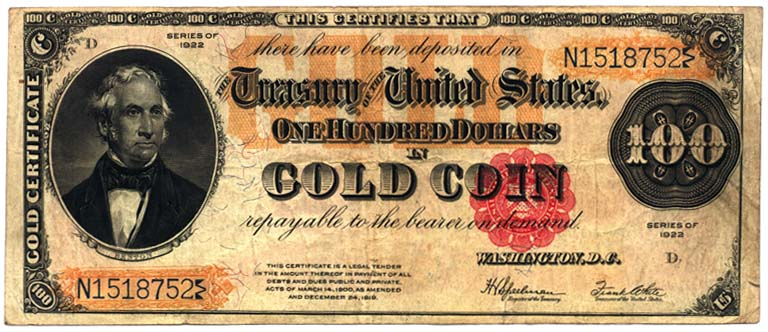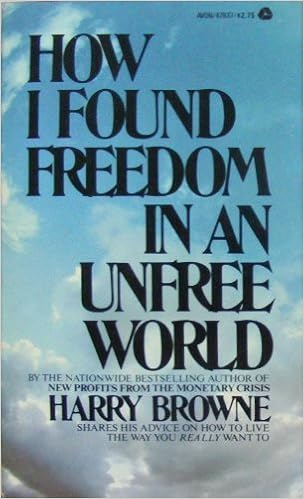BitShares as a Bank - The origin of the DAC
Posted by Daniel Larimer on .My father and I were discussing BitShares one evening (fall 2013) and I was trying to describe how BitShares is different from an altcoin. I used an analogy that described BitShares as a crypto-equity in a decentralized bank and exchange called BitShares. The shareholders of the bank are those who own bitshares (BTS). I then went on to explain how this decentralized bank can create dollars just like their centralized counterparts. I posted a variation of this article on Let’s Talk Bitcoin and it launched the concept of a DAC (Decentralized Autonomous Corporation).
Since then legal worry worts have relabeled the concept of a DAC into DAOs (Organizations) or simply DAs (Distributed Applications). I have personal chosen to use many different variations on the DAC acronym to help communicate the many different perspectives that are possible and bring added clarity and precision to the term. I now use Distributed Automated Company, Community, Coop, Country, or Currency depending on the situation.
Overview of Modern Banking
All banks these days operate on what I like to call a fictional reserve basis. When you approach the bank for a loan to buy a house, the bank creates new dollars from thin air backed by your collateralized promise to pay back the loan. In this case, your house is the collateral and the bank may call your loan and foreclose if you stop making the required payments or if the value of the house falls too much. When you pay off your loan the dollars are destroyed and the bank keeps the interest payments and the lien is removed from your house. The key thing to remember here is that these dollars are nothing more than an IOU from the bank. People trust the value of the IOUs because they trust the bank to honor their promise to pay a dollars worth of value.

Let’s step back one step further and consider that a dollar use to be defined as 412.5 grains of 99.9% pure silver. When you received a bank note it was a promise to pay one dollar worth of gold and the law defined the fixed ratio of gold to silver required to give the bank note a tie to the real world.
As you can see the promise to pay is denominated in dollars which are defined as a weight in silver, and yet what is paid out upon redemption is gold. This example demonstrates that a dollar is just an arbitrary label assigned to a certain amount of value. Just like you could have a dollar of silver or a dollar of gold, you could also have a dollar of corn, a dollar of oil, or a dollar of anything including a dollar of bitcoin! When the United States left the gold standard entirely the dollar began to float against all other goods and services and now has value for its own sake even though it is no longer price-fixed against gold or silver. The dollar is nothing more than an arbitrary measure of value and is still redeemable for $1 worth of silver at the current market price (not the price fixed 412.5 grains of silver).
BitShares as a DAC
Let’s go back to the world of decentralized digital companies and consider how a decentralized bank can lend dollars into existence just like their centralized counterparts. First the bank must identify someone who would like to borrow dollars. The borrower posts the collateral that backs the value of the dollars. Just like real banks, BitShares requires collateral for the loan and the only collateral BitShares has the ability to foreclose upon is its own equity, BTS. It is easier to understand the lending analogy if you consider a home equity loan taken out against a house you already own free and clear. In normal economic conditions, a Bank will never loan you an amount more than 80% of the value of your house. If your house is worth $100,000 the most you can borrow in $80,000. In the case of BitShares if you have $100,000 worth of BTS, the most you can borrow is $33,333. This is far more conservative than banks, especially considering the collateral (BTS) is far more liquid and fungible than a one-of-a-kind house.
BitUSD is the equivalent of the old bank notes that promised to pay $1 worth of value on demand. In the case of the old bank notes, this value was denominated in gold or silver. In the case of the BitShares this value is $1 worth of equity, aka BTS. BitShares can almost always make good on this promise because when someone comes to redeem a note and is unable to sell it on the market directly the value of the BitUSD in terms of BTS will rise until the decentralized bank has the authority to call a loan and use the collateral to repurchase the BitUSD.
Most people understand why someone would borrow money to buy a house, but why would someone mortgage their BitShares for BitUSD? The reason someone would borrow BitUSD is so they could sell it and take what is called a short position. A short position is a speculative bet that BitUSD will go down in value relative to BTS. If the value does go down then the speculator can repurchase the BitUSD for fewer BTS in the future and then pay off the loan while pocketing a nice profit. This is how speculators on Wall Street make money when stocks go down: they borrow the stock, sell it for $100, and then repurchase it later for $50 and return the stock while making a $50 profit.
Dividends & Interest Payments
All banks attempt to operate for a profit and therefore charge interest on loans along with transaction fees and inactivity fees. The bank profits are the distributed to the shareholders as dividends. In the case of the BitShares there are also transaction fees, registration fees, margin-call fees, etc. and the profits that result from charging these fees are paid to the shareholders via a stock buyback.
When someone wishes to borrow BitUSD from the bank they do not get to borrow this money interest-free. Instead they pay interest based upon the market demand for borrowing USD. The more people that want to borrow BitUSD relative to the people wanting to lend (buy) it the higher the interest rate shorts will pay. In practice the interest rate on BitUSD will be proportional to the short term growth expectations of BTS and the relative demand for leverage.
It is through this explanation of BitShares that the concept of a Decentralized Autonomous Company was born and a new take on the nature of Bitcoin as a decentralized autonomous company rather than just a crypto-currency came to be.
Recent Developments
When this article was originally written (Fall 2013) the concept of a DAC was very young. Since that time the analogy has been expanded upon and the metaphor has lead to major advancements in the crypto currency space including: Delegated Proof of Stake which eliminated mining and enabled dilution as a means to permanently fund the growth and development of decentralized businesses.
Max Wright in is book BitShares 101 goes into much greater detail in describing DACs as it relates to what BitShares is today. In his book he describes how Bitcoin is a DAC and provides great detail about the power of Delegated Proof of Stake (DPOS). I highly recommend you check it out.
Recommended by Bytemaster
(see more...)









